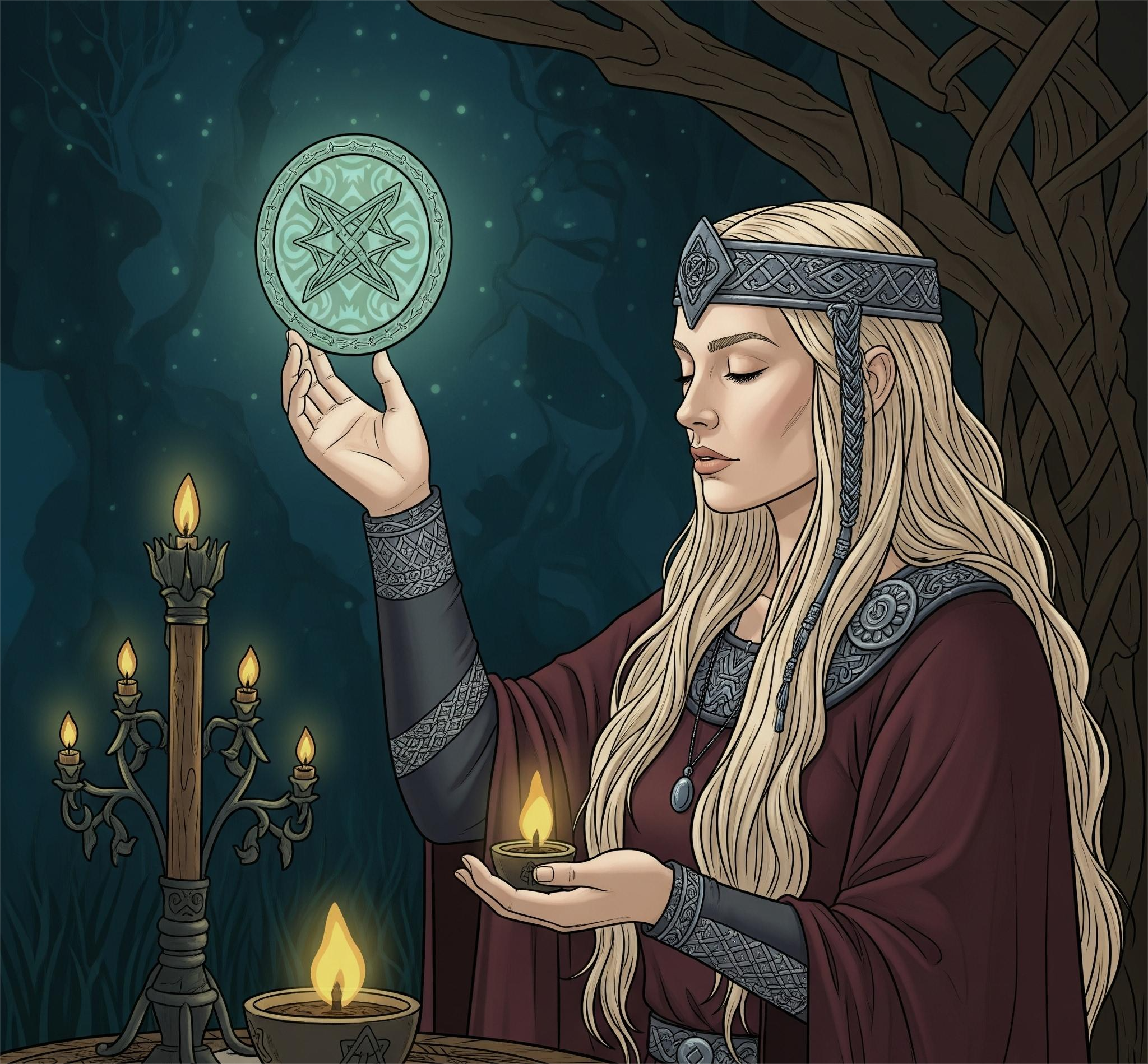In Norse mythology and Viking society, few figures were as revered and enigmatic as the Völva—female seers who wielded immense spiritual power. Often associated with prophecy, magic, and the divine, the Völva held a unique and sometimes feared role within their communities. Unlike warriors or kings, their power was not derived from conquest but from their connection to the unseen world.
The Völva practiced "seidr," a form of Norse magic believed to manipulate fate and reveal hidden truths. They were consulted during times of crisis, war, and change, providing visions of what was to come. The most famous literary reference is found in the "Völuspá" ("The Prophecy of the Seeress"), a poem in the Poetic Edda, where a Völva recounts the origin of the world and foretells its end during Ragnarök.
Völvas were typically itinerant, traveling from settlement to settlement, performing rituals in exchange for hospitality and gifts. They dressed in elaborate garments, often carrying staffs and symbols of authority. Though women were the primary practitioners, some male shamans also adopted similar roles, though they were often marginalized due to gender norms.
Their worship and respect endured well into the Christianization of Scandinavia, despite ecclesiastical efforts to suppress pagan traditions. Today, modern spiritual movements sometimes reclaim the image of the Völva as a symbol of feminine wisdom and ancient knowledge.







